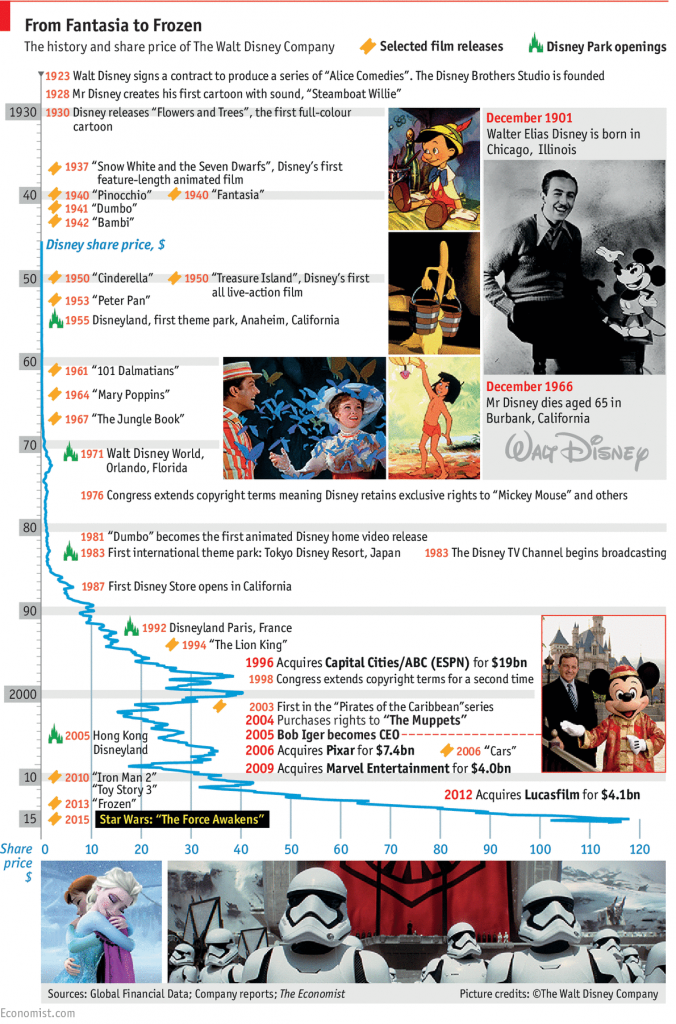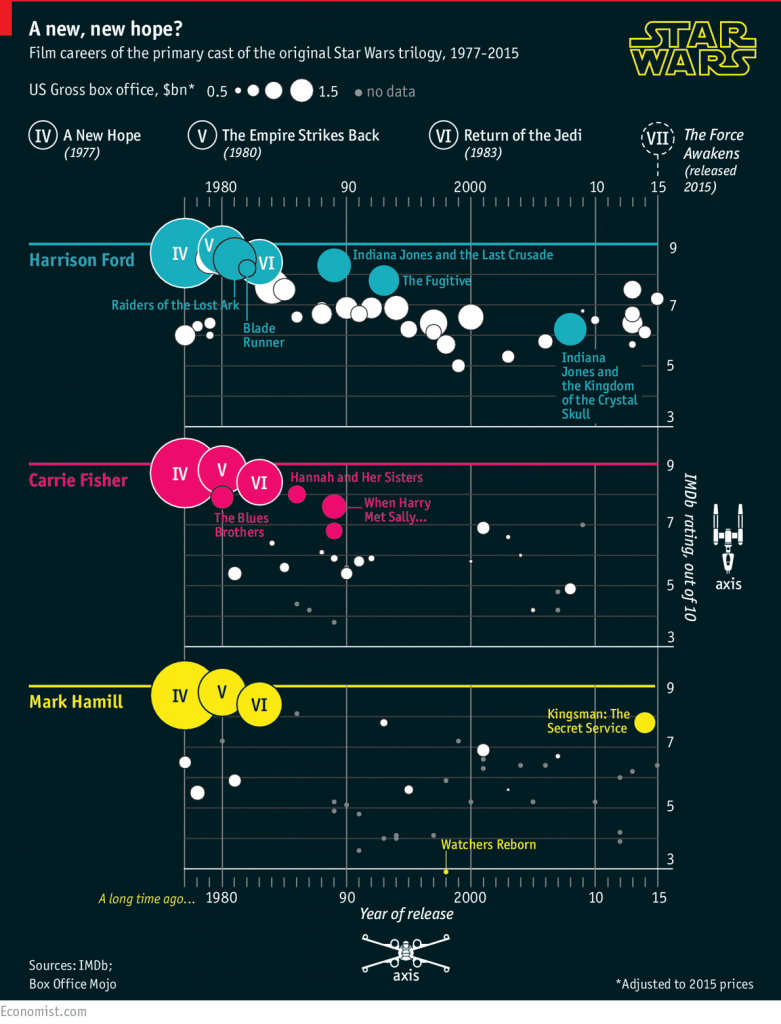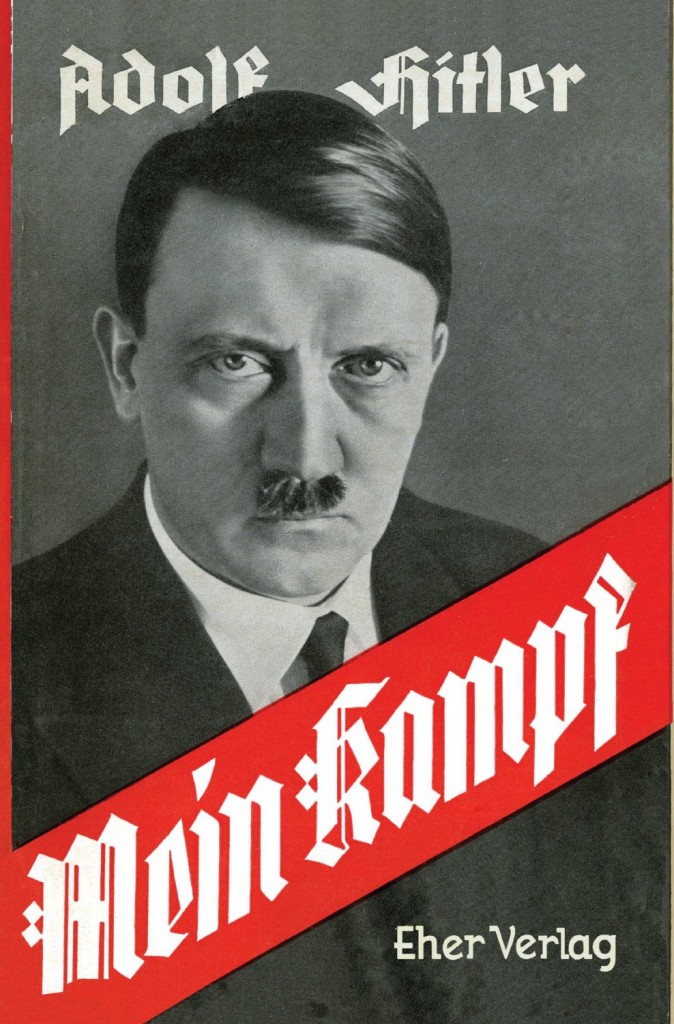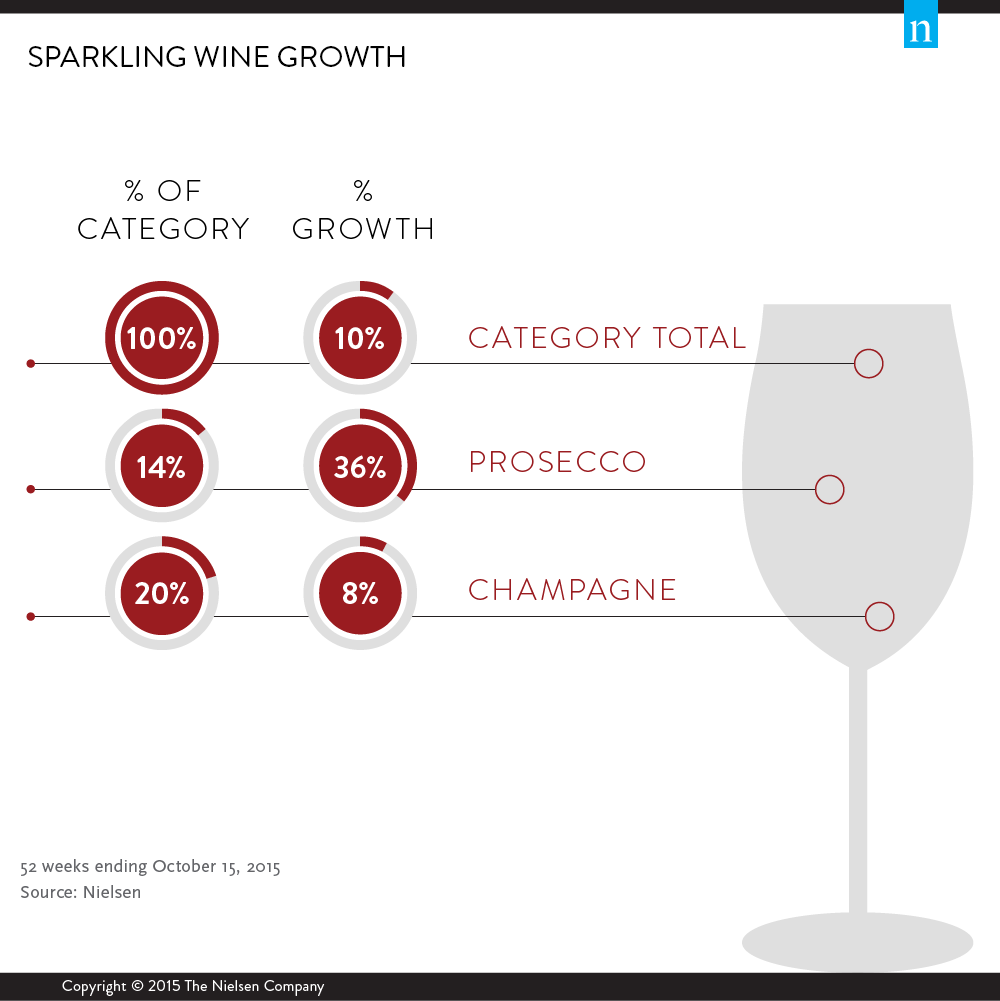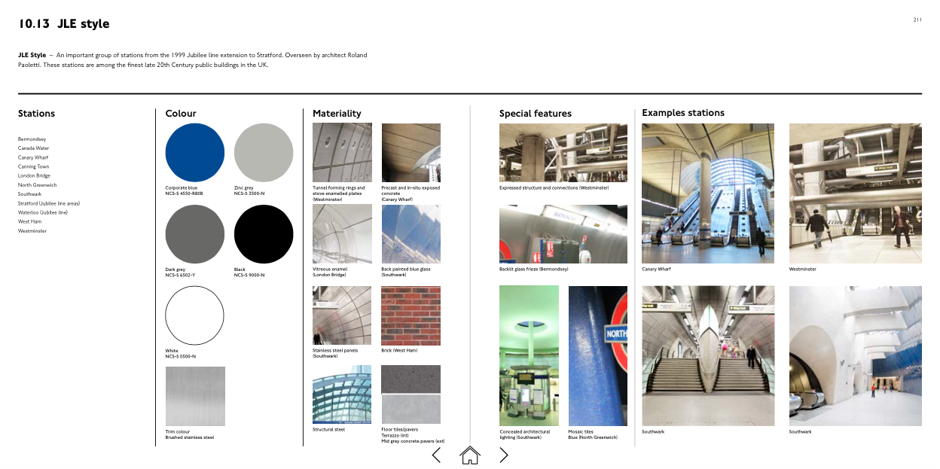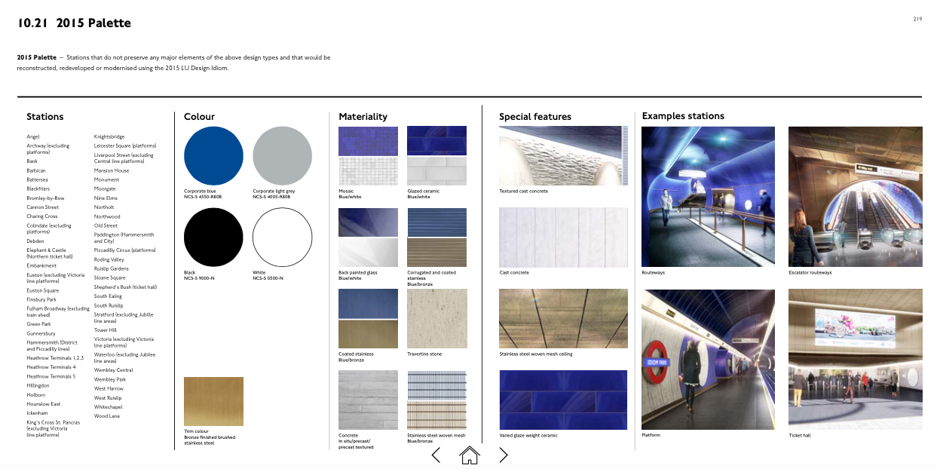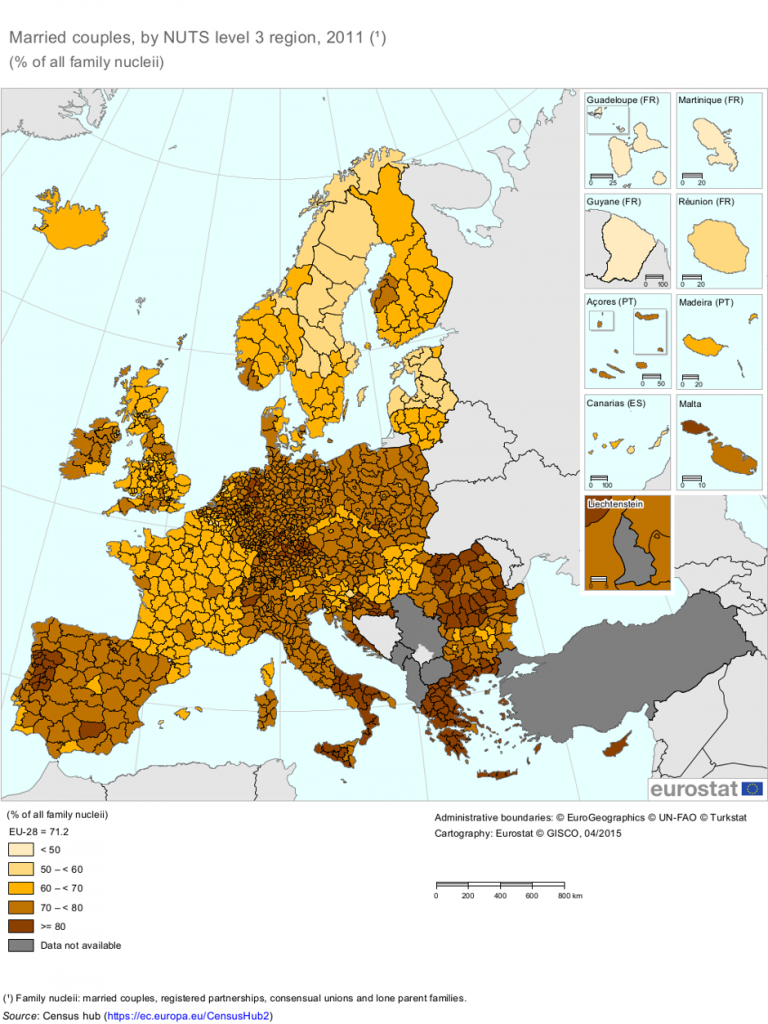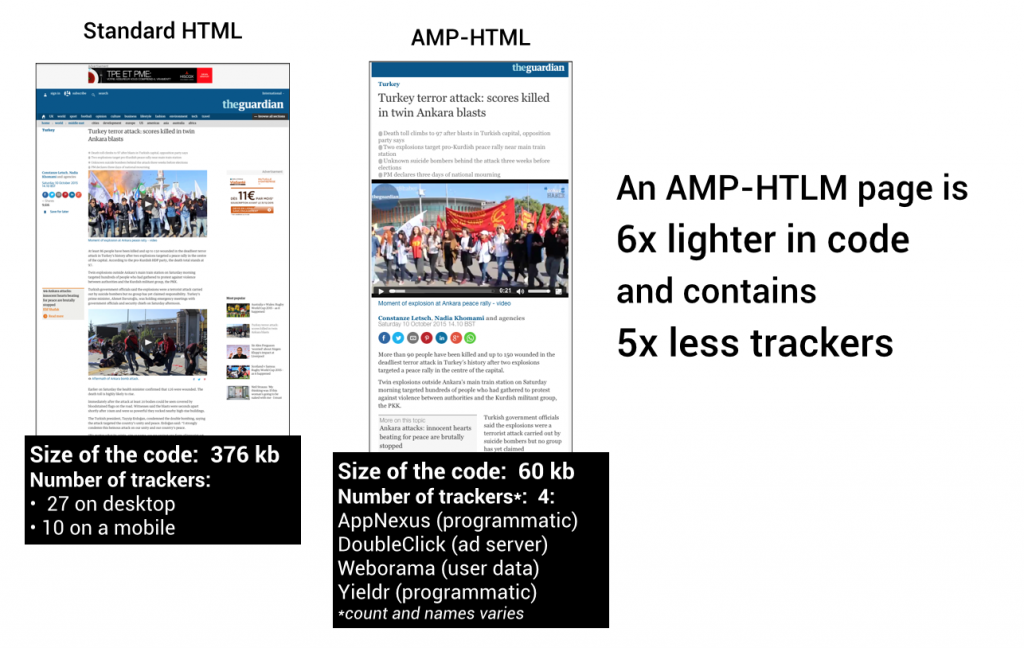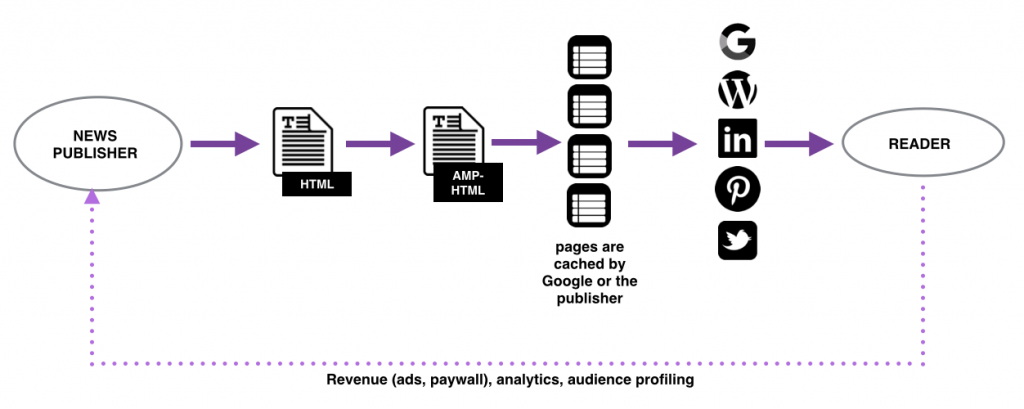
Mindfulness is the perfect awareness technique to employ when a conflict arises — whether it’s at work or home.
Instead of attacking or recoiling, and later justifying our reactions, we can learn to stay present, participate in regulating our own nervous system, and eventually, develop new, more free and helpful ways of interacting.
Practicing mindfulness in the middle of a conflict demands a willingness to stay present, to feel intensely, to override our negative thoughts, and to engage our breath to maintain presence with the body. Like any skill, it takes practice.
Here are three simple steps you can use when you find yourself with an overloaded nervous system and a body racing with a fight or flight impulse over the Xmas period.
Step 1: Stay present
Stay put and be present, be curious and explore our experience.
Step 2: Let go of the story
Completely let go of the thinking and judging mind. When we feel threatened, the mind immediately fills with all kinds of difficult thoughts and stories about what’s happening. It isn’t that we’re wrong, but we will be more far more clear in our perceptions when the nervous system has relaxed.
Step 3: Breathe
If we inhale, counting 1, 2, 3, and 4, and then exhale, counting 1, 2, 3, 4, 5, and 6, then inhale again, counting 1, 2, 3, and 4, and then exhale again, counting 1, 2, 3, 4, 5, and 6; this establishes rhythm. The volume of the breath stays consistent as it moves in and out, like sipping liquid through a narrow straw. If we manage those two qualities for just a few minutes, the breath assists us in remaining present, making it possible to stay with intense sensation in the body.
Paying attention to our body re-establishes equilibrium faster, restoring our ability to think, to listen, and relate.
Anger becomes clarity and resolve, sadness leads to compassion, jealousy becomes fuel for change.
Each time we succeed in being mindful of our body in moments of distress, we develop our capacity.
For mindfulness training for your company email andy@furthr.co.uk
Posted in: Infographic of the day | Leave a Comment


